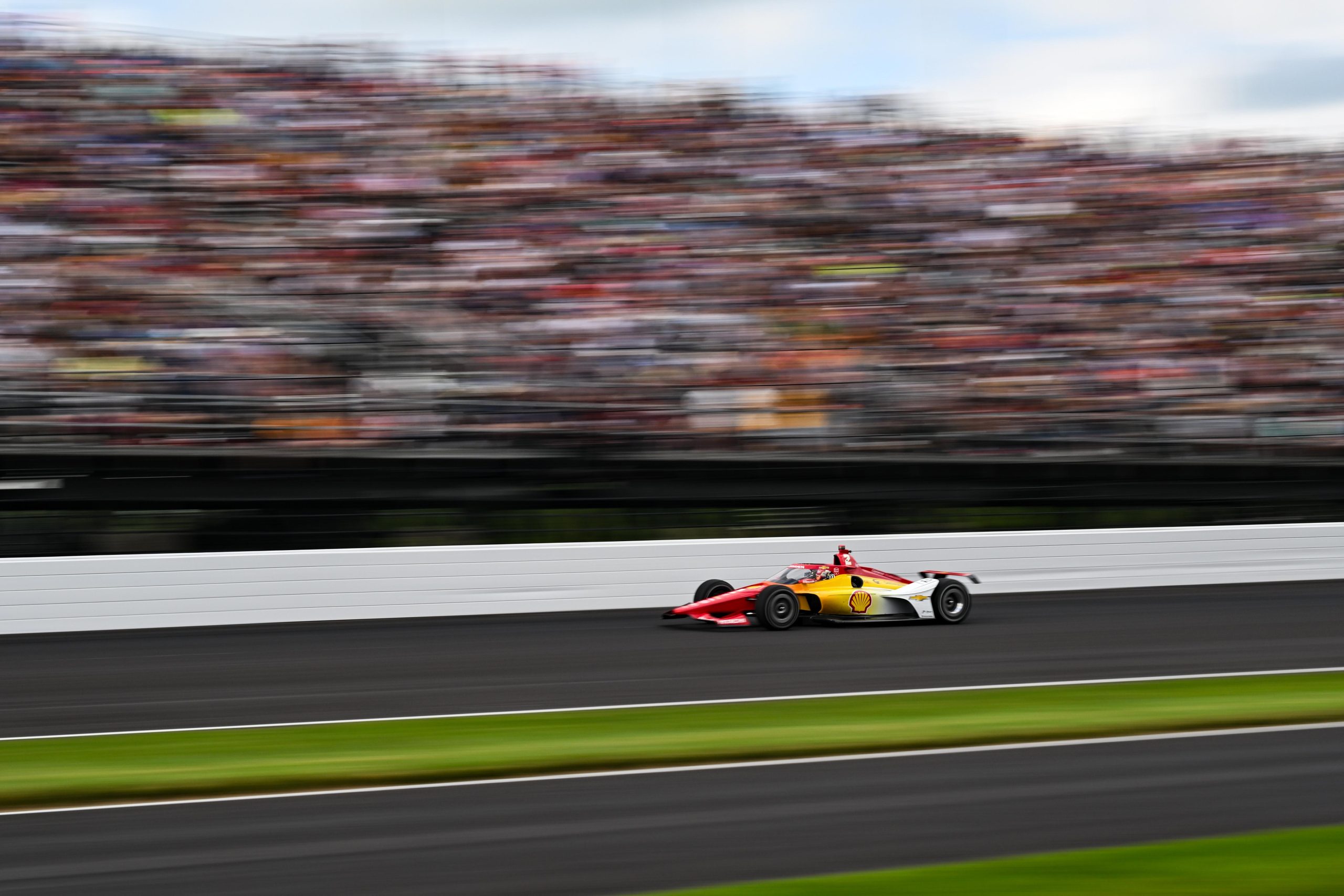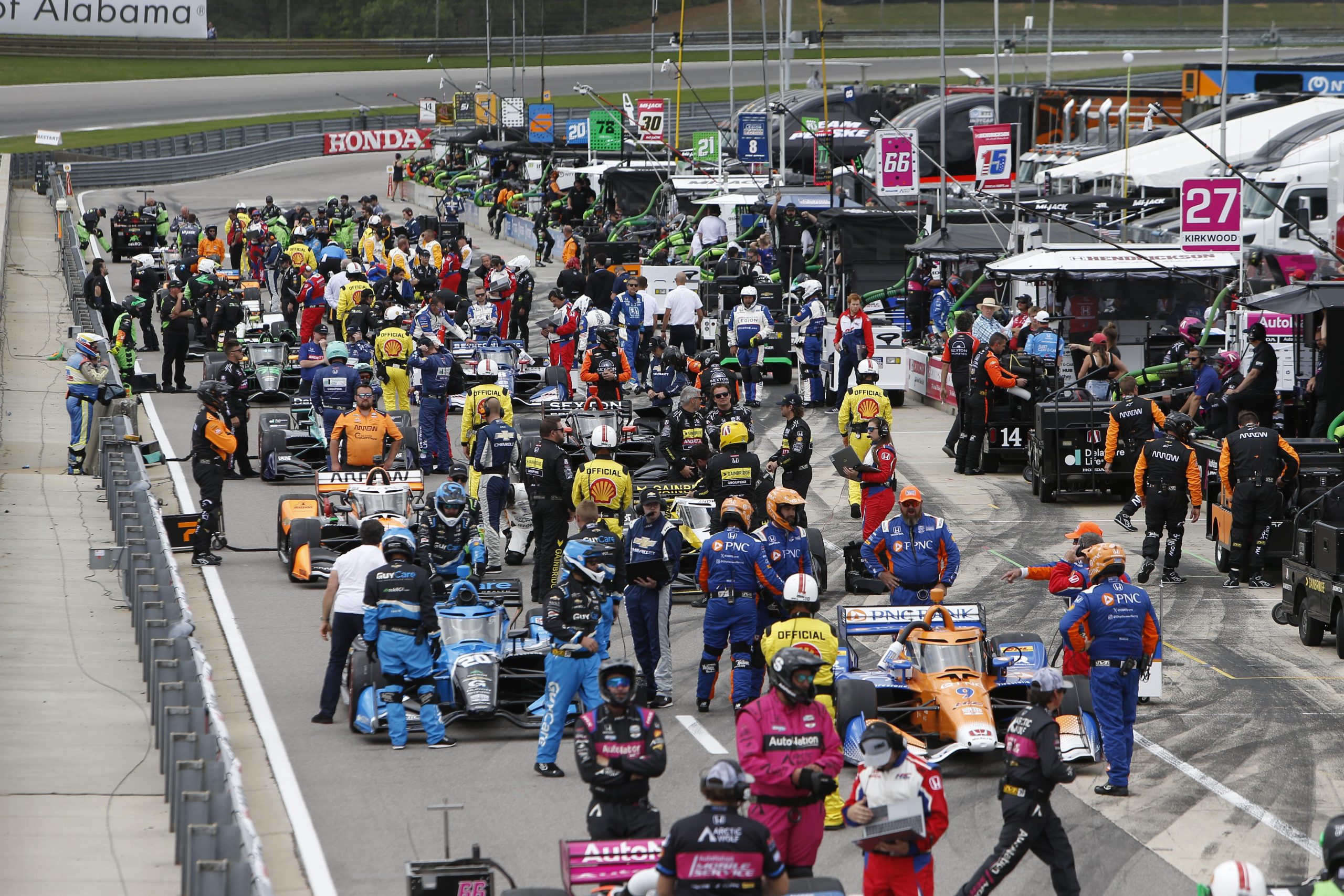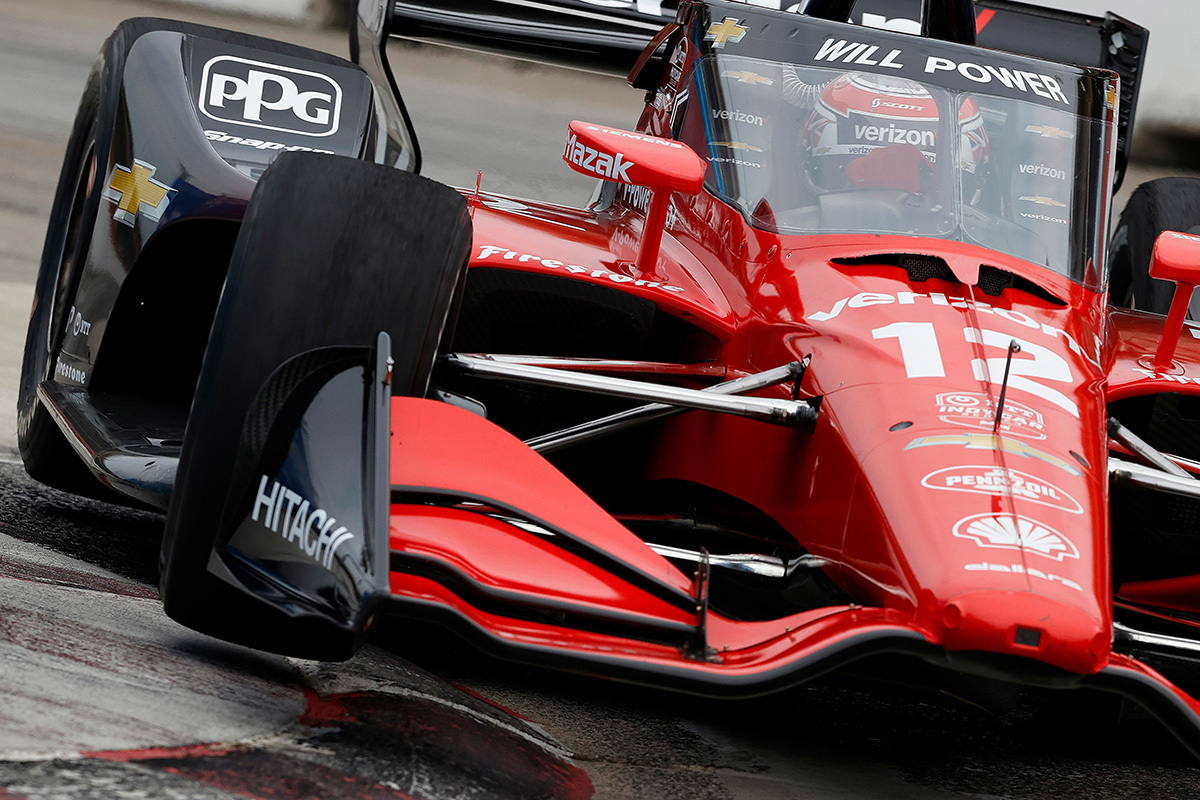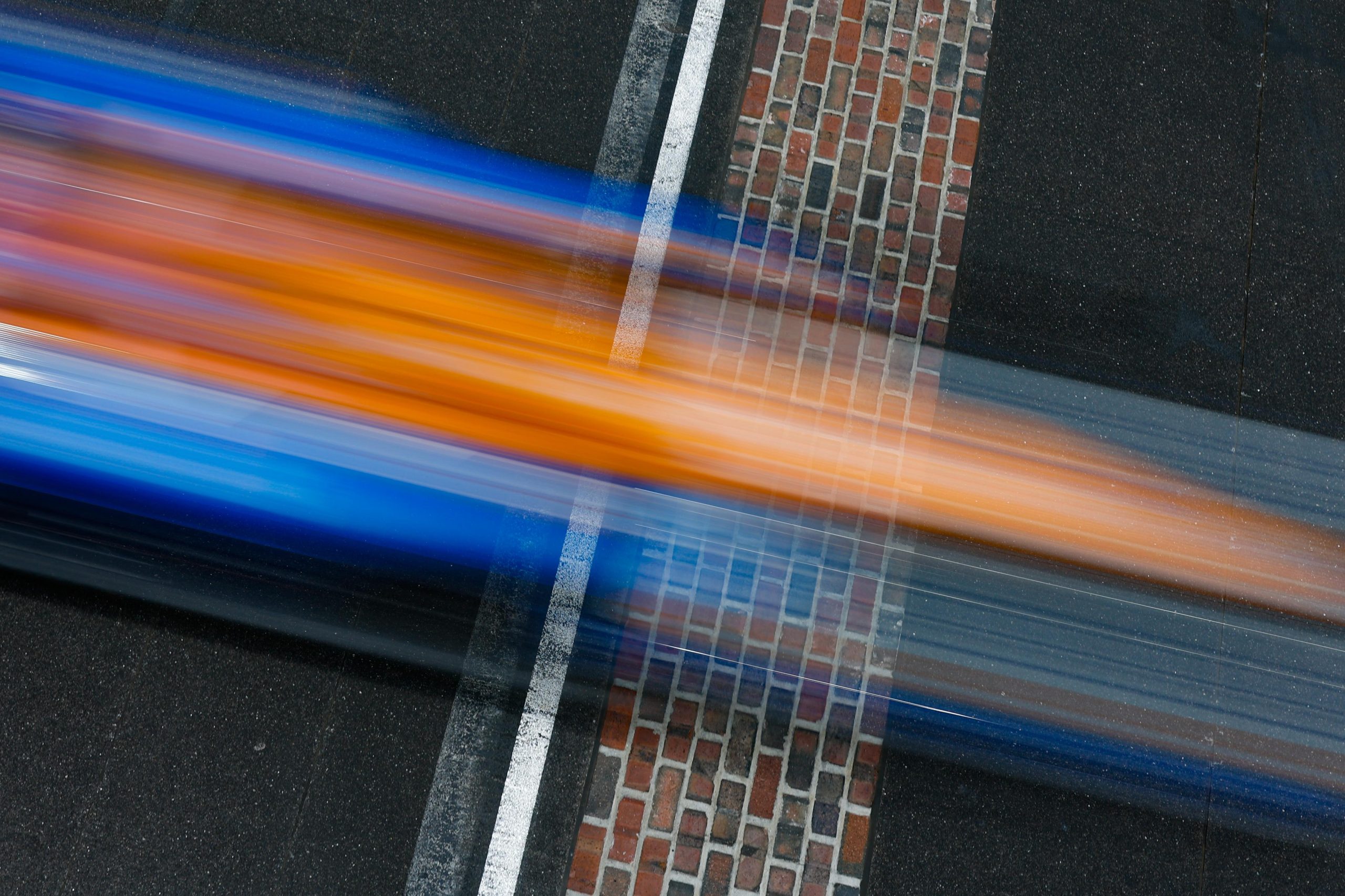IndyCar Races & Weather Effects Explained


Ever thought about how weather impacts IndyCar races? Think about how the track, tires, and fuel strategy change. We’ll explore how weather influences these races and the smart moves drivers make to win.
IndyCar races can change completely because of the weather. Whether in the sun or rain, each condition affects the race. Let’s look into the cool mix of weather and racing.
Table of Contents
How Weather Affects Track Conditions
IndyCar races are greatly influenced by weather conditions. Factors like temperature, rain, and wind shape the track. Each weather element has its own effect on the track.
The Influence of Temperature
High temperatures can make the track surface very slick. This makes it hard for drivers to keep hold. As tracks heat up, the rubber gets sticky, creating a slippery surface. This requires drivers to be very skilled to navigate turns and keep up their speed.
The Impact of Precipitation
Rain or any wetness can change the track completely. It makes the surface very slippery, which is dangerous for drivers. Wetness also means less control and visibility. This increases the chance of accidents. Thus, drivers need to change how they drive to handle these conditions safely.
The Role of Wind
Strong winds can mess with a driver’s control over the car. Crosswinds, especially, can throw the car off balance. Drivers have to adjust how they drive to counter the wind’s effects. This helps them keep their cars stable and under control.
Below is a table to understand how weather changes track conditions:
| Weather Element | Impact on Track Conditions |
|---|---|
| Temperature | Slick track surface, reduced traction |
| Precipitation | Slippery track, increased accident risks |
| Wind | Affects vehicle aerodynamics, stability |
Weather’s Impact on Tire Performance
Weather directly affects how well tires work in IndyCar races. The temperature and the state of the track are key. They decide how well the tires hold the road.
When it’s hot, tires wear out faster. They lose grip, making it hard for drivers to handle the car. Hot weather quickly heats up the tires, making them wear away even more. This makes it tough to steer through turns.
Rainy weather needs tires with the right treads for grip. Water on the track decreases the tire’s contact, making it slippery. The right tread patterns push water out, helping the tire grip better.
Choosing the right tire matters in any weather. In cold weather, use softer tires for better grip. But, they wear out quicker and need more stops to change. Hot weather is better for harder tires. They last longer but might not grip as well.
Getting tire performance right in IndyCar is all about balance. It involves figuring out the best tires and patterns. Teams work hard to pick what’s best for each race’s weather.
| Weather Conditions | Tire Performance |
|---|---|
| Hot and Dry | Increased tire wear and degradation, reduced grip |
| Wet and Rainy | Requires proper tread patterns for traction, reduced grip due to water barrier |
| Varying Temperatures | Tire compound selection crucial for balancing grip and durability |
The table above shows how different weather affects tires. Teams need to know this and choose wisely. They aim to get the best out of their tires in IndyCar races.
Weather’s Influence on Fuel Strategy
IndyCar races are greatly affected by the weather. Hot or rainy conditions change how much fuel the cars use. This makes the weather a big deal in planning a team’s racing strategy.
In hot weather, the cars use more fuel. The extra energy and heat from the engine add up. This means the team might have to pit more to refuel. That stops the car from performing its best unless they plan for these extra stops.
Rain brings its own fuel strategy challenges. Safety cars may come out, pausing the race for safety. During these times, teams can save fuel by driving slower. But, they need to think about more fuel if the race gets longer because of the weather.
Here’s a simple table to show how weather impacts fuel strategy:
| Weather Condition | Fuel Strategy |
|---|---|
| Hot and dry | More frequent pit stops due to increased fuel consumption |
| Rainy | Think about safety car periods and longer races when setting fuel aside |
Looking at the table, you see teams must change fuel plans for different weather in races. Tweaking when and how much they fuel-up is crucial to doing their best in a race.
Weather’s Effect on Driver Visibility
Poor weather, like rain, fog, or bright sunlight, really affects how well drivers see. These challenges make it hard to safely drive around the course.
Rain makes it tough for drivers. It limits what they can see, hiding important parts of the track and other cars in a mist. This boosts the chance of crashing.
Fog is worse, allowing only a view of what’s a few meters in front. In thick fog, spotting curves and corners becomes hard. So, drivers have to slow down and be extra careful.
And, bright sunlight isn’t easy either. It causes glare and shadows, making it hard to see everything on the track. This means relying more on instinct and quick thinking.
Weather Conditions and Driver Visibility
| Weather Condition | Effect on Visibility |
|---|---|
| Rain | Limited visibility due to misty atmosphere |
| Fog | Reduced visibility to a few meters ahead |
| Bright sunlight | Creates glare and blind spots |
To handle these tough visibility issues, drivers need to change their strategies. They rely on their experience, skills, and team support to safely race in these conditions.
Weather’s Influence on Race Strategies
Weather conditions can heavily influence how races in IndyCar are managed. Teams have to think about a lot, from possible full course yellows to the track’s state due to weather. Making the right choices here can really swing the chance of winning a race.
Teams always think about the chance of a full course yellow happening. In such cases, the whole track slows down because of accidents or debris. They plan their pit stops around this to not get stuck.
Teams on certain tracks try to pit early just in case there’s a full course yellow. This way, they can finish their pit stop before everyone slows down. It means they might get ahead without much hassle.
But ovals are a whole different game. Here, teams not only avoid full course yellows but also work to stay competitive in the race. They have to be really sharp with their pit stop timings and decisions on when to stop their cars.
Table: Sample race strategies influenced by weather conditions
| Weather Condition | Race Strategy |
|---|---|
| Dry and sunny | Aggressive pit stop strategy to gain track position |
| Wet and rainy | Conservative pit stop strategy to minimize risks |
| Changeable weather | Flexible pit stop strategy, adapting to changing conditions |
| Extreme heat | Prioritize cooling the car and managing tire wear |
The table shows how teams change their strategies with the weather. In sunny weather, they go all out to gain track position. When it’s wet, they play it safe because the track gets slippery.
Being ready for any weather is key in IndyCar. Teams watch the weather updates, check the track, and change their plans as needed. This keeps the races unpredictable and exciting for everyone involved.
How Extreme Weather Impacts IndyCar Races
Extreme weather, like severe storms or heavy rain, changes IndyCar races a lot. It makes driving dangerous and the track risky. Race officials sometimes delay or stop races to keep everyone safe.
Race delays are key when bad weather hits. They give time for the storms to pass and the track to be checked for safety. Safety for drivers and the track’s condition are top priorities for these officials.
Bad weather can spoil the fun for fans too. If it’s raining hard or a storm is coming, the event might be canceled. Also, some parts of the track might be off-limits to keep spectators safe.
Extreme weather messes up the race’s plans and affects many areas. Setting up an IndyCar race takes a lot of careful planning. Weather issues can lead to trouble with schedules and how people get to the event.
Bad weather changes a lot about IndyCar races. Staying safe is critical, and everyone from officials to fans plays a part. By keeping safe and handling changes well, IndyCar races can still be exciting for everyone.
Conclusion
Weather greatly impacts IndyCar races. It affects the tracks, how well tires work, and even race strategies. Teams and drivers change their plans depending on the weather. This helps them do their best during the race.
Track conditions change a lot with the weather. Temperature, rain, and wind can make the track hard to drive on. This affects tire use and wear, making races more difficult. The weather also changes how much fuel cars need and when they should stop.
Race plans are also decided by the weather. Teams watch for full course yellows and time their stops carefully. Extreme weather can even stop races, for safety reasons. Dealing with ever-changing weather makes the sport more thrilling and challenging.










